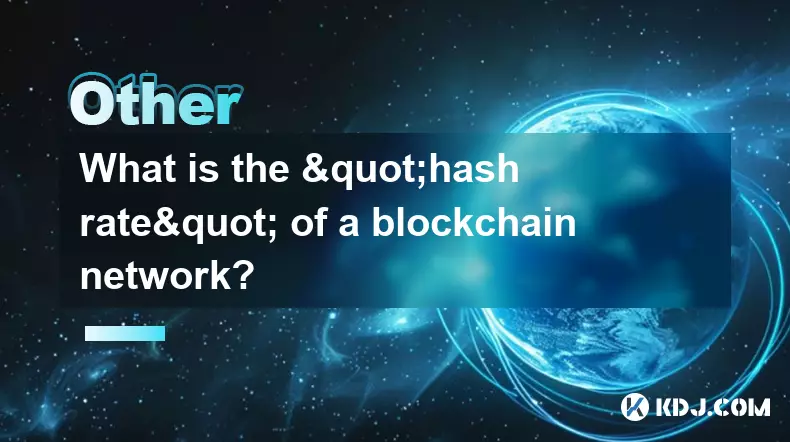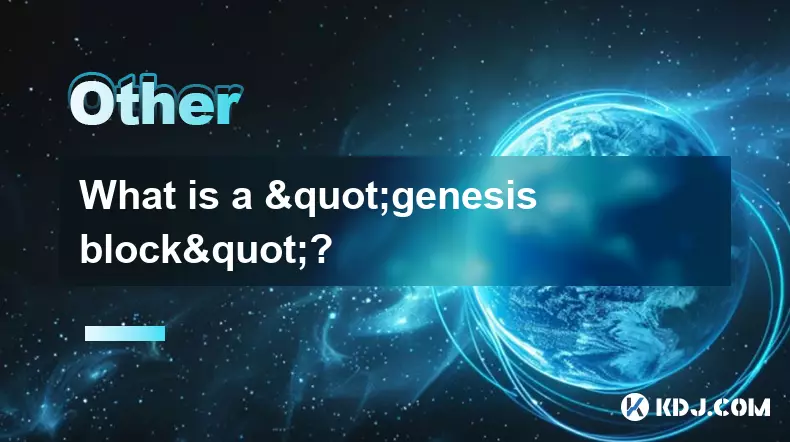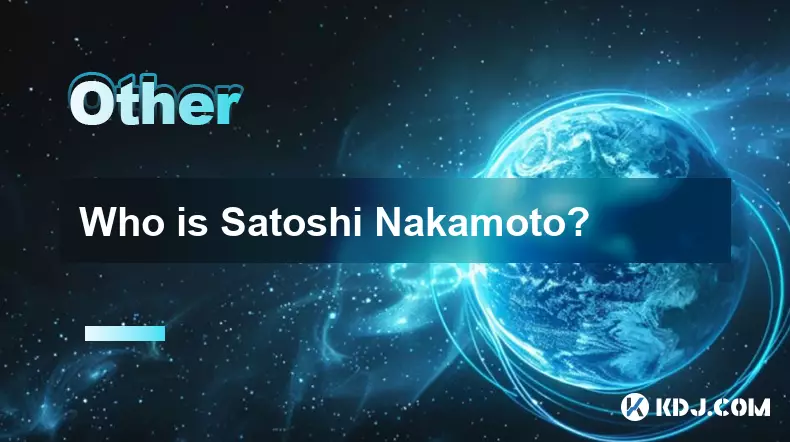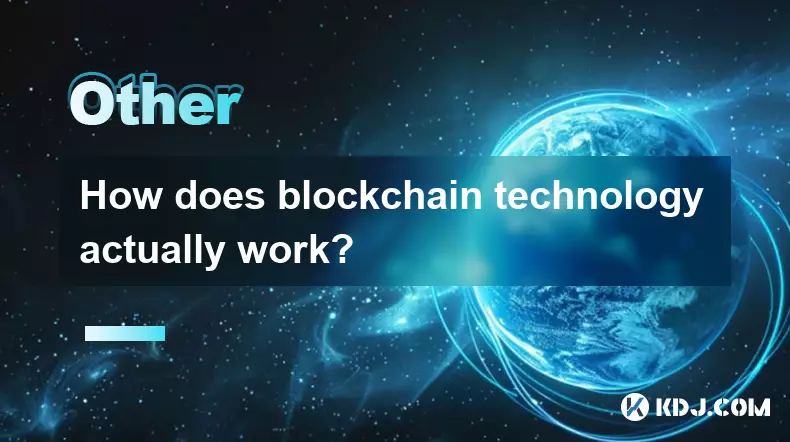-
 bitcoin
bitcoin $99177.955738 USD
-7.32% -
 ethereum
ethereum $3187.183061 USD
-12.38% -
 tether
tether $0.999809 USD
0.00% -
 xrp
xrp $2.117933 USD
-9.42% -
 bnb
bnb $906.710033 USD
-9.17% -
 solana
solana $149.367737 USD
-10.74% -
 usd-coin
usd-coin $0.999816 USD
0.01% -
 tron
tron $0.281498 USD
-0.38% -
 dogecoin
dogecoin $0.156292 USD
-8.00% -
 cardano
cardano $0.500744 USD
-10.19% -
 hyperliquid
hyperliquid $38.087358 USD
-4.58% -
 chainlink
chainlink $14.097831 USD
-8.54% -
 bitcoin-cash
bitcoin-cash $463.329916 USD
-9.22% -
 ethena-usde
ethena-usde $0.999078 USD
-0.01% -
 unus-sed-leo
unus-sed-leo $9.475862 USD
-0.79%
What is a node's role in a blockchain network?
A blockchain node is a crucial network participant that validates transactions, maintains ledger copies, and ensures decentralization, security, and consensus across the system.
Aug 03, 2025 at 03:16 pm

Understanding the Function of a Node in a Blockchain Network
A node is a fundamental component of any blockchain network, acting as a participant that supports the decentralized architecture of the system. Each node is a device—such as a computer, server, or mobile device—that connects to the blockchain and contributes to its operation. The primary role of a node is to maintain a copy of the blockchain ledger and ensure the network remains secure, transparent, and functional. Nodes communicate with each other to validate transactions, propagate data, and uphold consensus rules. Without nodes, a blockchain would not be able to operate in a trustless and distributed manner.
The existence of multiple nodes across various geographic locations ensures resilience against central points of failure. If one node goes offline, others continue to support the network. This redundancy is essential for maintaining uptime and data integrity. Each node independently verifies the blockchain’s state, which prevents malicious actors from altering transaction history. The decentralized nature enforced by nodes is what makes blockchain resistant to censorship and tampering.
Different Types of Nodes and Their Roles
Not all nodes perform the same functions within a blockchain. The network includes various node types, each with specific responsibilities:
- Full nodes download and validate every block and transaction in the blockchain. They enforce consensus rules and ensure no invalid data is accepted. Running a full node requires significant storage and bandwidth, but it provides the highest level of security and autonomy.
- Light nodes (or lightweight nodes) do not store the entire blockchain. Instead, they rely on full nodes to access necessary data. Light nodes are commonly used in mobile wallets due to limited device resources.
- Mining nodes are specialized full nodes that participate in proof-of-work (PoW) consensus. These nodes bundle transactions into blocks and solve cryptographic puzzles to add new blocks to the chain. They receive block rewards and transaction fees as incentives.
- Staking nodes exist in proof-of-stake (PoS) blockchains. These nodes validate transactions and create new blocks based on the amount of cryptocurrency they 'stake' as collateral. Staking nodes help secure the network and earn rewards in return.
- Archival nodes retain complete historical data of the blockchain, including all state changes. Regular full nodes may prune old data, but archival nodes are crucial for services requiring deep historical access, such as blockchain explorers.
Each node type contributes differently, but all are essential for network health and functionality.
How Nodes Validate Transactions and Maintain Consensus
When a user initiates a transaction, it is broadcast to the network and received by connected nodes. These nodes perform several checks to ensure validity:
- Digital signature verification confirms the sender owns the private key associated with the sending address.
- Balance verification ensures the sender has sufficient funds and hasn’t attempted double-spending.
- Compliance with consensus rules checks that the transaction format and logic adhere to the blockchain’s protocol.
Once validated, the transaction is added to a mempool (memory pool), a temporary holding area for unconfirmed transactions. Mining or staking nodes then select transactions from the mempool to include in the next block. After a block is created and propagated, other nodes independently verify its contents. If the block meets all consensus criteria, it is appended to the local copy of the blockchain. This process ensures that only valid transactions become part of the permanent record.
Consensus mechanisms like Proof of Work and Proof of Stake rely on nodes to agree on the state of the blockchain. Nodes reject invalid blocks and follow the longest (or most valid) chain, preserving network integrity.
Setting Up a Node: A Step-by-Step Guide
Running your own node enhances privacy and supports decentralization. Here’s how to set up a Bitcoin full node using Bitcoin Core:
- Download the Bitcoin Core software from the official website (https://bitcoin.org).
- Install the application on your computer and launch it.
- Choose a data directory with sufficient storage—Bitcoin’s blockchain exceeds 500 GB and continues to grow.
- Allow the software to begin downloading the blockchain. This process can take several days depending on your internet speed and hardware.
- Enable networking features such as port forwarding on your router to accept incoming connections, increasing your node’s utility to the network.
- Optionally, configure pruning if storage is limited. This allows the node to discard old blocks while still validating new ones.
- Keep the software updated and running regularly to stay synchronized with the network.
For Ethereum, you can use clients like Geth or OpenEthereum. The process involves downloading the client, syncing the Ethereum blockchain (which also requires hundreds of gigabytes), and optionally connecting a wallet interface like MetaMask to interact with the network through your node.
Security and Privacy Benefits of Running a Node
Operating a personal node grants users full control over their transaction validation. Instead of trusting third-party services, users verify transactions themselves, reducing reliance on potentially compromised intermediaries. This self-validation is crucial for financial sovereignty.
Nodes enhance privacy by allowing users to broadcast transactions directly to the network without going through centralized wallet providers. When you use a third-party wallet, your IP address and transaction patterns may be logged. With your own node, you eliminate this surveillance vector.
Additionally, nodes contribute to network security. The more nodes there are, the harder it becomes for attackers to manipulate the blockchain. A high node count increases decentralization, making 51% attacks or data falsification significantly more difficult and costly.
Common Misconceptions About Nodes
Some believe that running a node generates passive income like mining or staking. However, standard full nodes do not earn rewards. They serve the network out of commitment to decentralization, not financial incentive. Only mining or staking nodes receive compensation.
Another misconception is that all nodes store identical data. While full nodes maintain the complete blockchain, pruned nodes and light nodes store only partial data. Archival nodes go beyond standard full nodes by preserving every state change, which is not required by the base protocol.
Lastly, some users think running a node is illegal or risky. In most jurisdictions, running a node is legal and poses minimal risk if proper security practices are followed, such as using firewalls and keeping software updated.
Frequently Asked Questions
Can I run a node on a Raspberry Pi?Yes, lightweight implementations like Raspberry Pi can run Bitcoin or Ethereum nodes with external storage. Projects like RaspiBolt provide detailed guides for setting up a Bitcoin node on Raspberry Pi. Performance may be slower, but it’s feasible for personal use.
Do I need a static IP address to run a node?No, a static IP is not required. Dynamic DNS services can help maintain connectivity even if your IP changes. However, a static IP improves reliability for accepting incoming connections.
What happens if my node goes offline?Your node will fall behind the network. Upon restarting, it will resync from the last block it validated. Temporary downtime does not harm the network or your node’s long-term functionality.
Can a node be used to mine cryptocurrency?Only if it’s specifically configured as a mining node with appropriate hardware (like ASICs for Bitcoin) and connected to mining software. A standard full node does not mine.
Disclaimer:info@kdj.com
The information provided is not trading advice. kdj.com does not assume any responsibility for any investments made based on the information provided in this article. Cryptocurrencies are highly volatile and it is highly recommended that you invest with caution after thorough research!
If you believe that the content used on this website infringes your copyright, please contact us immediately (info@kdj.com) and we will delete it promptly.
- Altcoins, Revenue, and Market Drops: Navigating the Crypto Seas
- 2025-11-06 05:15:01
- Crypto Presales: Navigating Market Bleeding and Finding the Best Investments
- 2025-11-06 04:35:01
- Metaplanet's Bold Bitcoin Bet: Corporate Credit and the Future of Treasury Strategies
- 2025-11-06 04:50:02
- Litecoin, Price Predictions, and the Bitcoin Peak: What's a New Yorker to Do?
- 2025-11-06 05:40:01
- From Coin Flips to Customer Interactions: The Unpredictable World of Games and Retail
- 2025-11-06 04:55:01
- Coins, Crypto Presales, and a Buzzing Mosquito: What's Hot in 2025
- 2025-11-06 05:10:01
Related knowledge

What is a block explorer and how do you use it?
Oct 24,2025 at 12:36am
What Is a Block Explorer?1. A block explorer is a web-based tool that allows users to view and analyze data on a blockchain network in real time. It f...

What is the "hash rate" of a blockchain network?
Oct 10,2025 at 03:55pm
Understanding Hash Rate in Blockchain Networks1. The hash rate refers to the total computational power being used to process transactions and mine new...

What is a "genesis block"?
Oct 15,2025 at 07:55pm
Understanding the Genesis Block in CryptocurrencyThe genesis block is the very first block in a blockchain network. It serves as the foundation upon w...

Who is Satoshi Nakamoto?
Oct 15,2025 at 01:01pm
Who is Satoshi Nakamoto?1. Satoshi Nakamoto is the pseudonymous individual or group credited with creating Bitcoin, the first decentralized cryptocurr...

How does blockchain technology actually work?
Oct 11,2025 at 02:36pm
Understanding the Core Mechanism of Blockchain1. At its foundation, blockchain is a decentralized digital ledger that records transactions across mult...

What is a token economy?
Sep 20,2025 at 12:18am
Understanding the Foundations of a Token Economy1. A token economy in the context of cryptocurrency refers to a system where digital tokens are used a...

What is a block explorer and how do you use it?
Oct 24,2025 at 12:36am
What Is a Block Explorer?1. A block explorer is a web-based tool that allows users to view and analyze data on a blockchain network in real time. It f...

What is the "hash rate" of a blockchain network?
Oct 10,2025 at 03:55pm
Understanding Hash Rate in Blockchain Networks1. The hash rate refers to the total computational power being used to process transactions and mine new...

What is a "genesis block"?
Oct 15,2025 at 07:55pm
Understanding the Genesis Block in CryptocurrencyThe genesis block is the very first block in a blockchain network. It serves as the foundation upon w...

Who is Satoshi Nakamoto?
Oct 15,2025 at 01:01pm
Who is Satoshi Nakamoto?1. Satoshi Nakamoto is the pseudonymous individual or group credited with creating Bitcoin, the first decentralized cryptocurr...

How does blockchain technology actually work?
Oct 11,2025 at 02:36pm
Understanding the Core Mechanism of Blockchain1. At its foundation, blockchain is a decentralized digital ledger that records transactions across mult...

What is a token economy?
Sep 20,2025 at 12:18am
Understanding the Foundations of a Token Economy1. A token economy in the context of cryptocurrency refers to a system where digital tokens are used a...
See all articles










































































